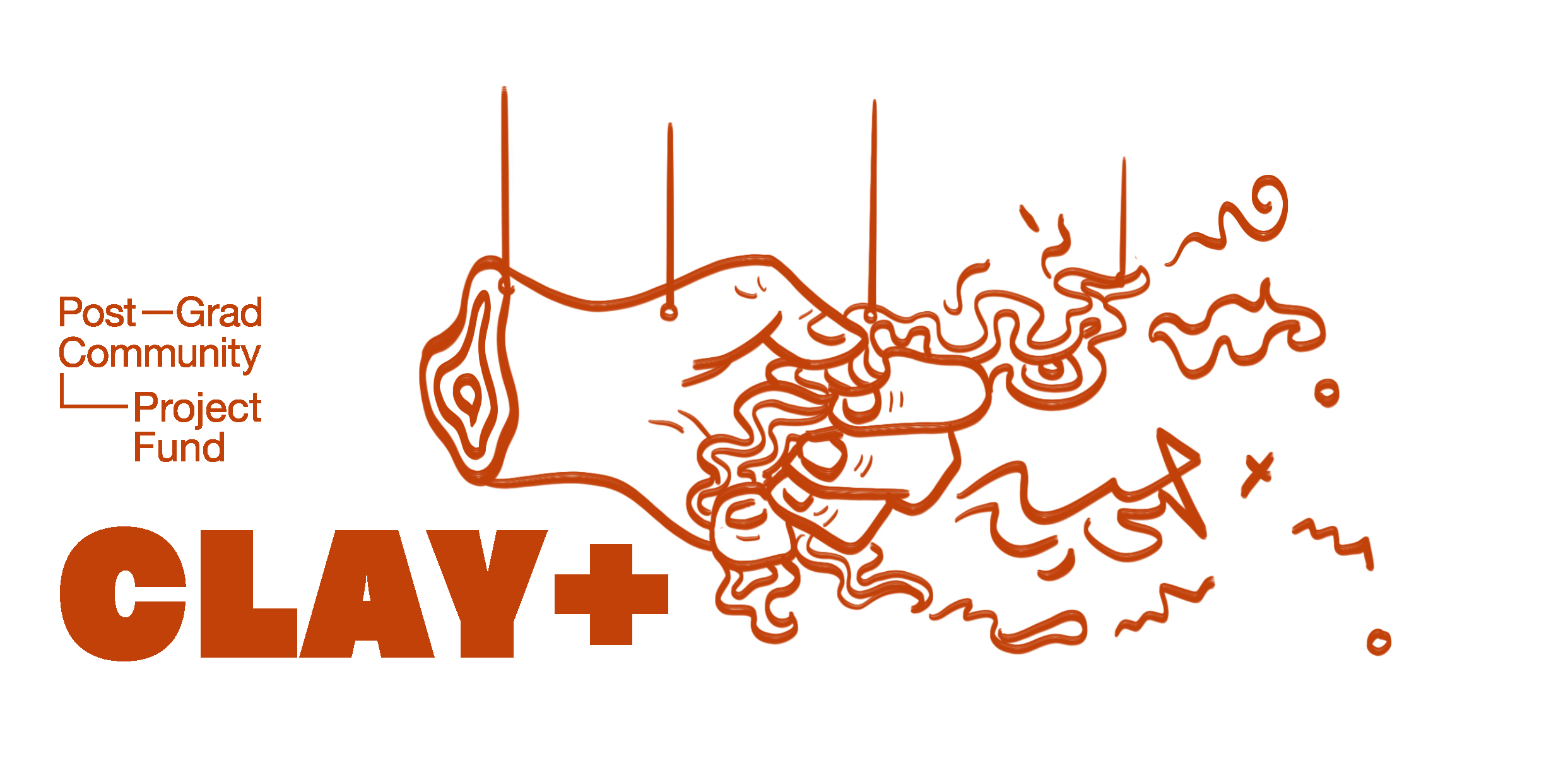CLAY+
Reshape and Revalue - An Experimental Workshop-based Project Related to Materials
‘Thinking outside the box’
What is clay? From use as an industrial building material to a multitude of daily uses such as pottery, clay is a key ingredient in the material world we live in. It is a natural product from the earth and become the most common and fundamental matter of human creativity. Clay can be easily shaped, moulded and combined with other materials or turned into various forms in craft. The unpredictable feature of clay is a challenge but also provides artists and craftsmen with numerous possibilities to play with.
A Story. The Last Clay.
“We call things “dirt cheap” to describe contempt. But, how much clay will be available by 2100?”
The cramped living space of human is closely related to population growth and urban expansion. In the future, a variety of factors may cause a shortage of land. One of the major crises is global warming. Unlike an apocalyptic event that is spontaneous and terrifies people, the damages of global warming reveal slowly, much like sands falling through an hourglass. Therefore, enabling people’s sense of complacency, drawing people's attention away from the issue and many people even treat it as a hoax.
According to the recent scientific study, the previous research in climate change have overlooked the effects of clouds. The process of warming will cause cloud to decrease, creating a vicious circle with irreversible consequences. Therefore, we believe that climate disasters caused by global warming will cause more serious shortage of residential land in the future, such as the rising sea level, changes in ocean currents, and the changes in precipitation. This is how the story The Last Clay start from. We assume, in 2100, the sea level would rise sharply due to the continuous destruction of environment, and most of the land would be submerged by the sea. People are pushed to change their lifestyles, trying to build floating cities on the sea, relying on the ocean tidal power and solar energy to sustain the demands of energy. In this case, dirt, a resource that was once ubiquitous and of little commercial value, becomes a treasure. If you found a Clay, what will you do to it? This is the idea of The Last Clay, an open story.
Purpose: Rethinking the value and potentials of clay as a material.
Like the question posted in the beginning of our story: We call things “dirt cheap” to describe contempt. But, how much clay will be available by 2100? Unlike diamond or gold, clay can be found everywhere. It is a material that people do not care about. In the process of reshaping clay or combining it with other materials will provide new possibilities. This project will guide people to rethink about the value of clay as a treasure, a material in rarity.
Generated from the story, The Last Clay, we are going to hold two Clay+ workshops.
Clay + is an experimental laboratory based on workshops. We will explore clay as a material and develop a narration. This year in March, Clay + will hold two experimental workshops, during which the participants are invited to reshape and revalue clay using their subject knowledge. Clay + is about knowledge sharing, experiment and collaboration. Participants can learn from each other among in-depth panel discussions regarding the potentials of clay and other materials. Participants are UAL post-graduate students from different programmes. Therefore, Clay + is more than making something out of materials but attempting to construct a context for the convergence of different materials. It is the context that determines how we interpret and re-evaluate a given medium such as clay.
Video credit: Simin Zeng
We are going to hold the first two workshops at MAKE, The Story Garden, in March 2020. Now, we are recruiting group members who are willing to join us and organise the two sessions!
Positions available:
- Photographer: WIP and Documentation (1)
- Graphic Designer: For Project Catalogue (2)
- Video Editor: Making Short Films (2)
- Writer and Editor (2)
- PR and Promotion (1)
- Clay+ Workshop Participants (8)
Join Clay+, you will work together with a group of Post-Grad students across UAL with different professions. Together, we will experiment with research-based workshops and learn from each other. Also, you will get hand-on project experience.
Contact us:
If you are interested in participating Clay+ workshops, becoming a member or interested in experimenting with materials and clay, contact Post-Grad Community: pgcommunity@arts.ac.uk
For more information, please contact Manqiao Fang: m.fang0720181@arts.ac.uk
The Post-Grad Community Project Fund makes funds available to UAL postgraduate students to organise events, projects and cultural interventions that bring together postgraduate students from different disciplines, courses and colleges.
Produced by CrossLab, Founded by UAL Post-Grad Community, Supported by The Story Garden MAKE

